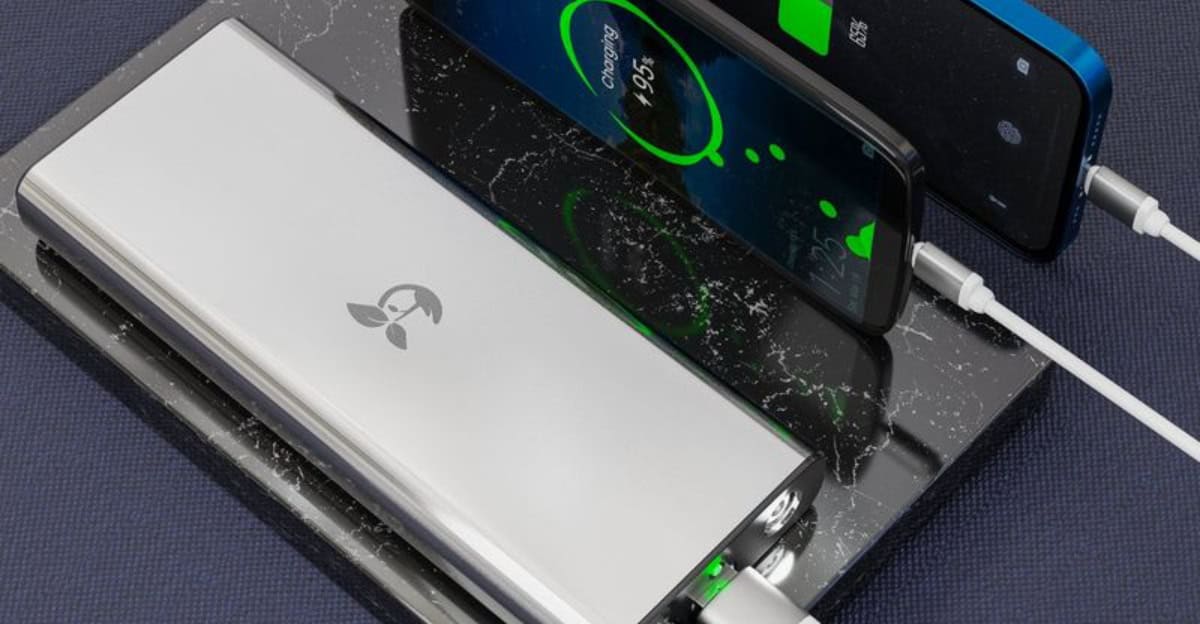Electricity is an essential part of modern life, yet many of us unknowingly waste it in our daily routines.
These unnoticed habits not only harm the environment but also inflate our energy bills.
From leaving devices plugged in to inefficient lighting, small changes in behavior can lead to significant savings.
Here are 10 covert ways you might be wasting electricity without even knowing it.
By understanding and addressing these issues, you’ll be on your way to a more energy-efficient lifestyle, saving both money and the planet.
1. Leaving Devices on Standby
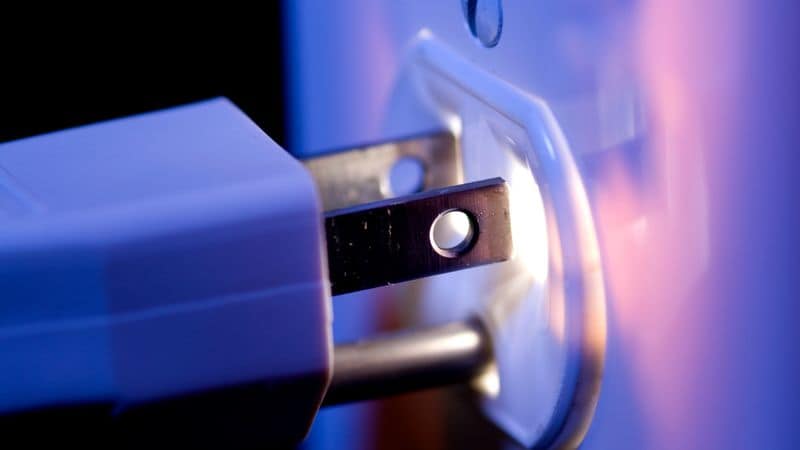
Many electronics, including TVs, gaming consoles, and computers, consume power even when they’re turned off but left on standby mode.
This subtle drain can add up over time. Manufacturers often include standby modes to save startup time, but they can lead to unnecessary energy usage.
Unplugging devices or using power strips with switches can help minimize this waste. By doing so, you can effectively cut off the phantom power draw.
Overall, understanding how standby power affects your electricity bill is crucial for an energy-efficient home. Keep an eye on those little red lights!
2. Overcharging Devices
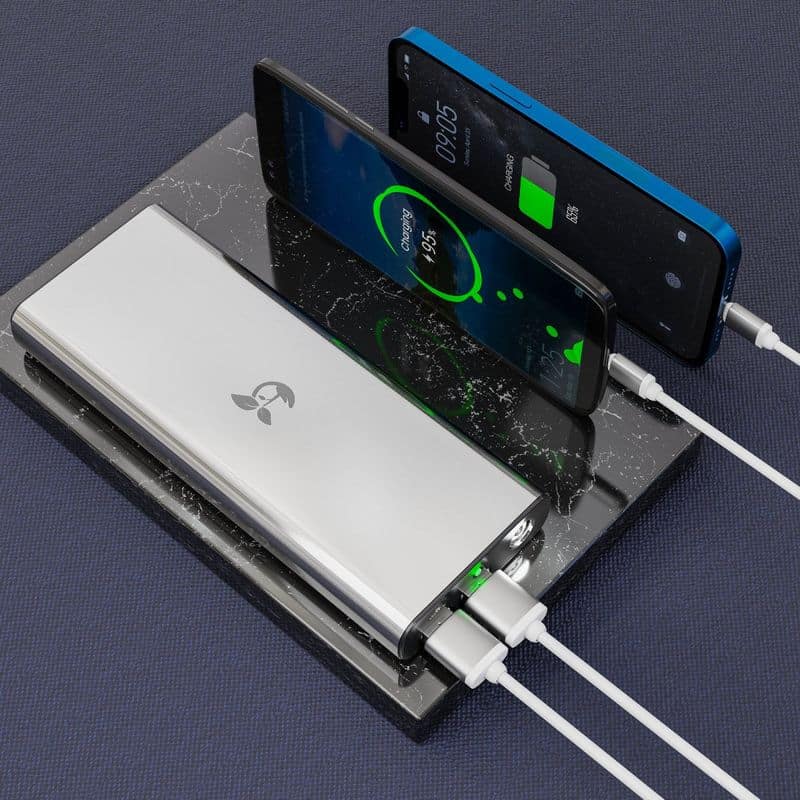
Leaving devices like smartphones and laptops plugged in after they’re fully charged is a common habit that wastes electricity.
Many people think it’s harmless, but overcharging can lead to energy inefficiency.
Battery technology has advanced, but overcharging can still shorten battery life, leading to more frequent replacements. To save electricity, unplug devices once they’re fully charged.
If possible, invest in smart chargers that automatically shut off. These small steps can make a big difference in your electricity consumption and preserve the lifespan of your devices.
3. Inefficient Lighting
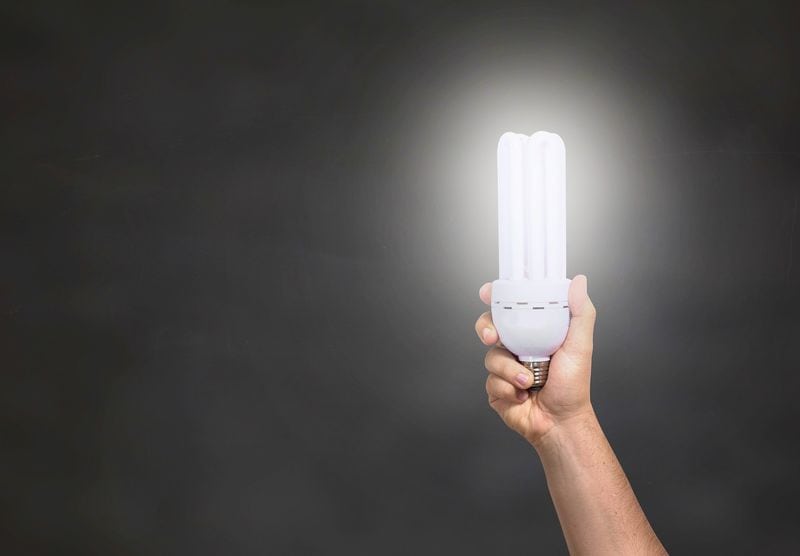
Many homes still use incandescent light bulbs, which consume more electricity than necessary. Switching to energy-efficient lighting like LEDs can significantly reduce your energy use.
Incandescent bulbs convert most of their energy into heat rather than light.
LEDs use a fraction of the energy and last much longer, providing both environmental and cost benefits. Making the switch is simple and can lead to noticeable savings on your electricity bill.
Analyze your home’s lighting needs and consider investing in LED technology for a more sustainable lifestyle.
4. Using Hot Water Inefficiently
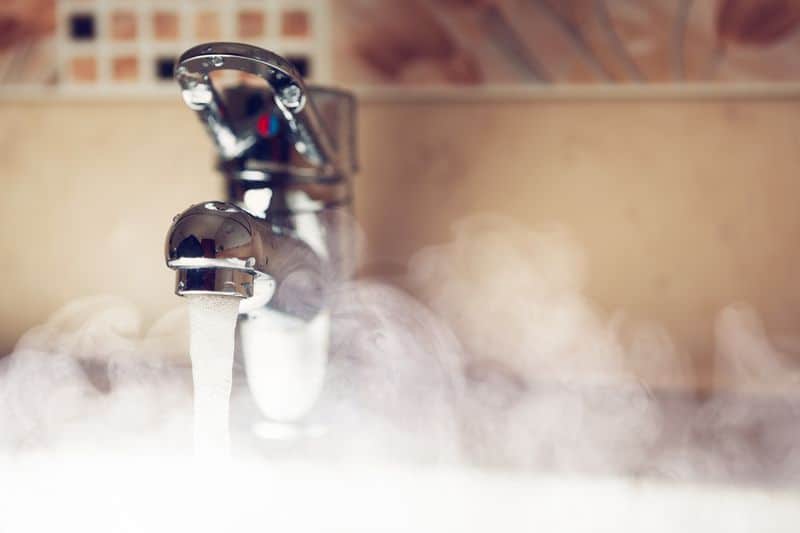
Heating water accounts for a significant portion of your energy bill. Many households waste electricity by keeping water heaters set too high or using hot water unnecessarily.
Lowering the thermostat on your water heater to 120°F can save energy without sacrificing comfort.
Also, using cold water for laundry and shorter showers can also help. These adjustments can lead to savings both in electricity and water consumption.
Being mindful of your hot water usage is an effective way to reduce energy waste and make your home eco-friendly.
5. Neglecting Air Filter Maintenance
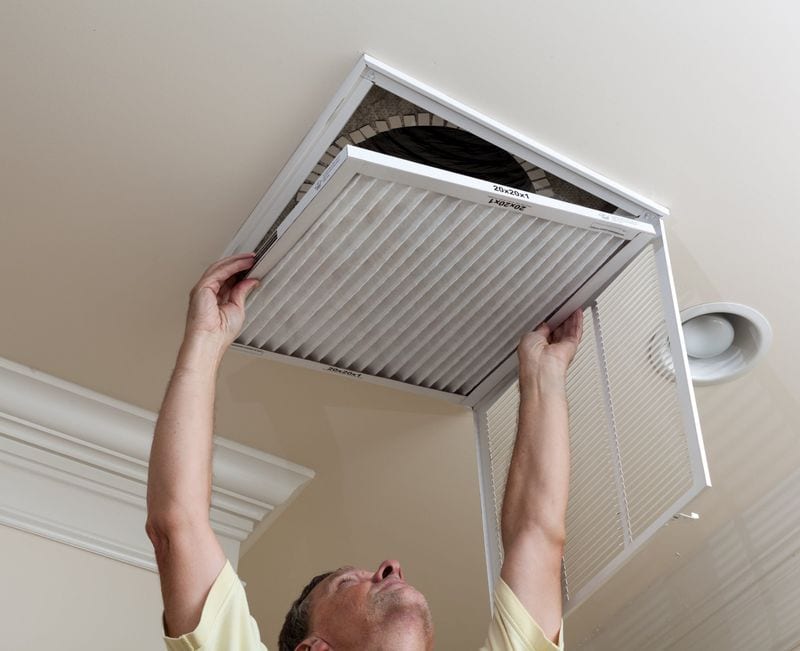
Air conditioners and heaters work harder when filters are dirty, consuming more electricity. Replacing or cleaning air filters regularly can prevent this unnecessary waste.
Dirty filters restrict airflow, making HVAC systems less efficient.
It’s recommended to check filters monthly, especially during peak seasons. A clean filter ensures your system runs smoothly and uses less energy.
This simple maintenance task can improve air quality and extend the life of your HVAC system, ultimately saving money on your utility bill.
6. Forgetting to Turn Off Lights
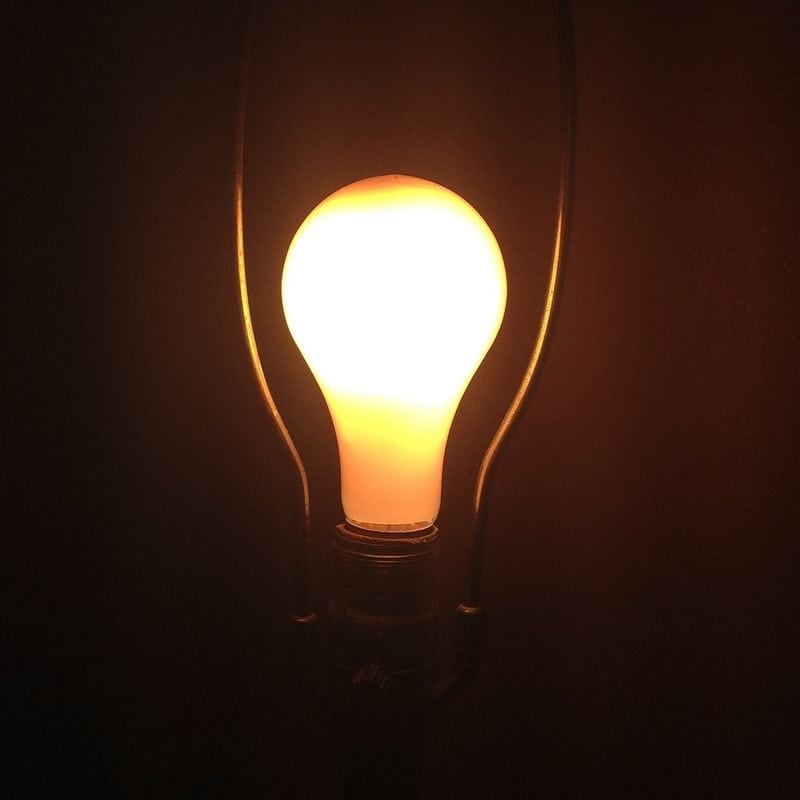
One of the simplest ways to waste electricity is by leaving lights on in unused rooms. It’s a habit that many are guilty of but can be easily corrected.
Encourage family members to adopt the habit of switching off lights when leaving a room.
Consider installing motion sensor lights for areas that are often forgotten, like closets or hallways. These sensors will automatically turn off lights when no one is present.
Turning off lights is a straightforward action that contributes significantly to reducing electricity waste.
7. Running Appliances Half Full
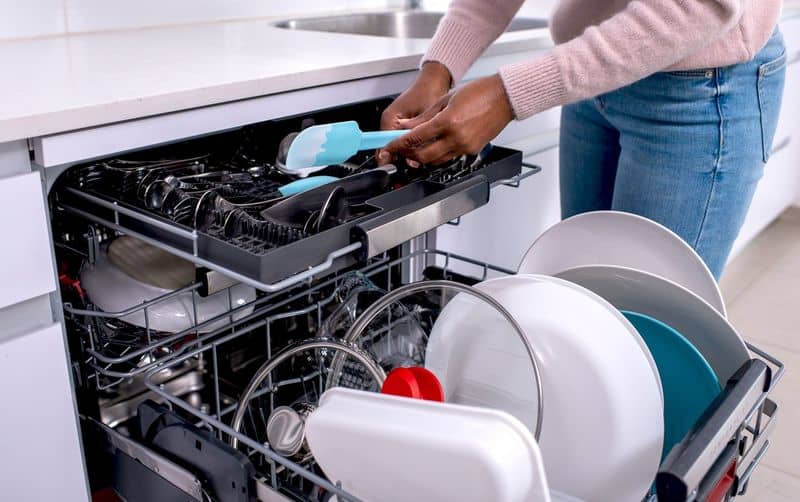
Running dishwashers and washing machines with only half loads is an often-overlooked source of electricity waste.
These appliances consume the same amount of power regardless of how full they are.
To save energy, wait until you have a full load before running these machines. Planning your laundry and dishwashing can lead to significant electricity savings.
Modern appliances often have eco-friendly settings that use less water and electricity. Utilizing these features can further enhance efficiency.
Be mindful of your appliance usage to conserve energy and reduce utility costs.
8. Setting Thermostat Incorrectly
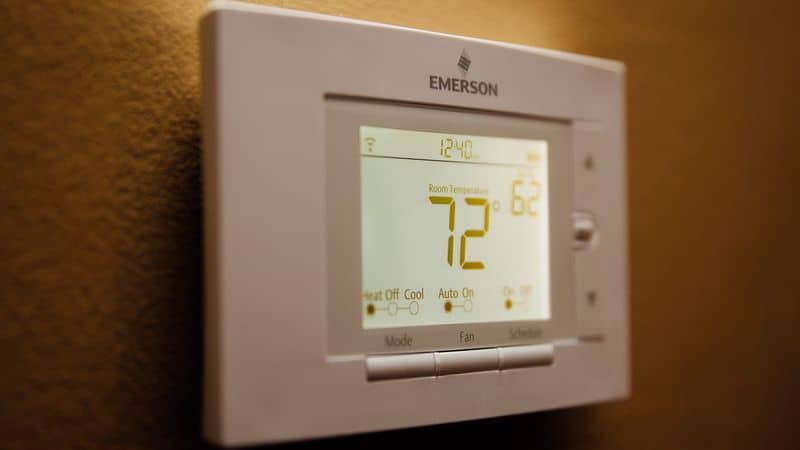
Incorrect thermostat settings are a major contributor to wasted electricity. Many people set their thermostats too high or too low, leading to inefficient energy use.
Smart thermostats can help by adjusting temperatures based on occupancy and time of day.
Programming your thermostat to match your schedule ensures your HVAC system runs only when needed. This small change can drastically reduce energy consumption.
Investing in a smart thermostat and understanding optimal settings can create a more comfortable and energy-efficient home.
9. Ignoring Energy-Efficient Appliances
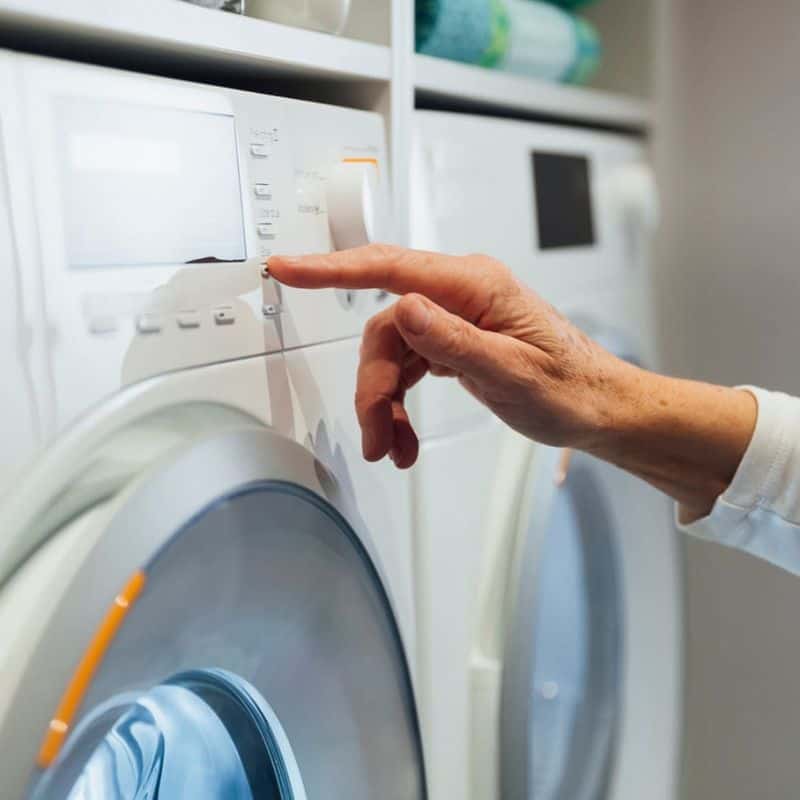
Old appliances often consume more electricity than newer, energy-efficient models. While the initial investment may seem high, energy-efficient appliances can save money in the long run.
Look for Energy Star ratings when purchasing new appliances.
These ratings indicate lower energy consumption and environmental impact. Replacing outdated appliances with modern, efficient ones can significantly reduce your energy bill.
Consider the long-term benefits and savings when upgrading your home’s appliances to ensure a greener and more cost-effective lifestyle.
10. Not Utilizing Natural Light

Many overlook the power of natural light as an energy-saving resource. Keeping curtains open during the day can reduce the need for artificial lighting.
Sunlight not only brightens your home but also provides warmth, potentially lowering heating costs.
Positioning furniture to make the most of natural light can enhance both comfort and energy efficiency. Simple habits like opening blinds in the morning can lead to noticeable savings on electricity.
Embrace natural light to make your home inviting and reduce your reliance on electric lighting.

